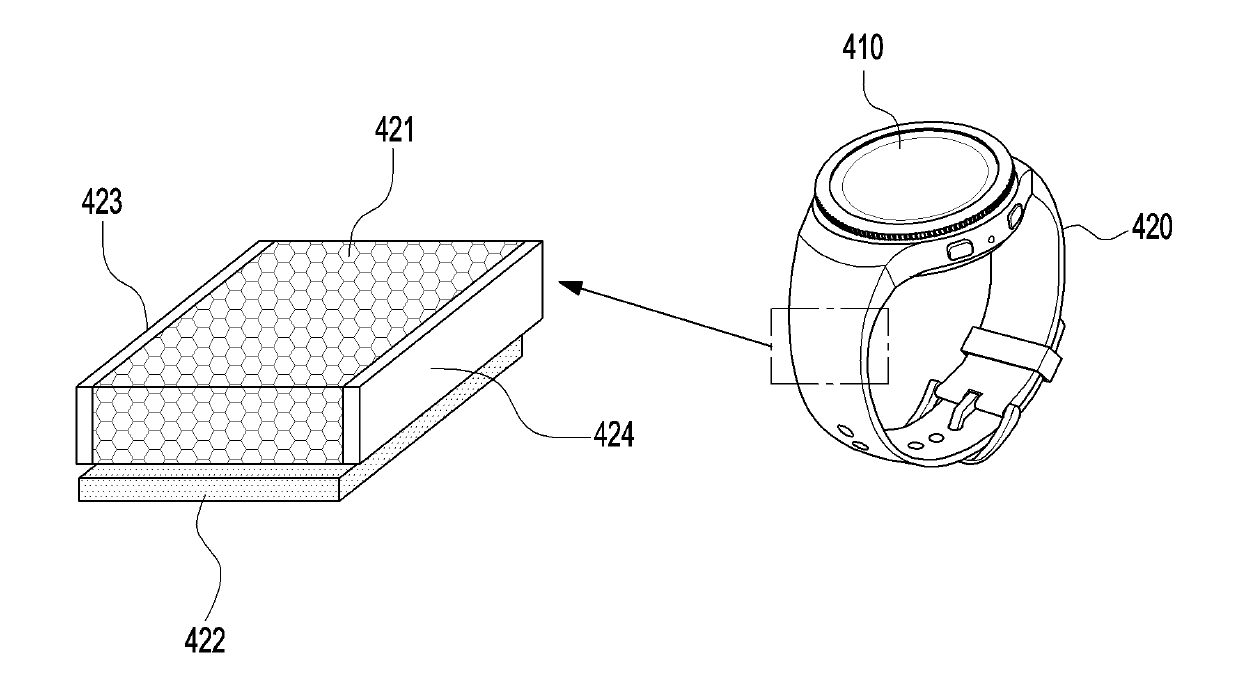Samsung Spectacular Super-Size Seasonal Screen Special
When the 1st Samsung 98” Mini-LED/QD 8K set came out, it sold (in Korea) for $58,450 and the 4K equivalent sold for $35,160. Last year the 98” 4K set sold (US) for $15,000, but this year, at least for the next 2 days and 18 hours, you can pick up this 28.5 ft2 baby for a mere $7,999…but wait, there’s more! If you beat the deadline (pre-orders), Samsung will take off $1,000, bringing the price down to $6,999, and if you place the order at one of Samsung’s participating retailers, such as Best Buy (BBY), they will take another $500 off. Along with the discounts, you get (hurry, only 2 days left!) a free, yes free, Q800C Soundbar ($1,000 value according to Samsung), free, yes free, installation ($120 value), and 0% financing with $0 down, plus Samsung’s Care+ extended coverage (value of $249.99 for this set for 1 year).
But seriously folks, Samsung is pushing this set, at least for the next 2 days, to build its presence in the 80+” TV market, which is expected to grow 24% this year, despite weak overall TV shipments and sales. Samsung has the #1 position in this ultra-large market (40%+), and while the 80+” market is small in terms of unit volume (~2.8m units this year), the sales dollars and margins make it quite lucrative, even with the perks above. We are not saying to dip into the kids’ education funds or take out payday loans, but if you were thinking about filling your living room wall with a 98” TV, strike while the iron is hot, the clock is ticking!
►Don’t forget that our TV pricing data suggests that while there might be price peaks and valleys for every TV set, the general trend is down as the number of days from release increases. If you need it now, take advantage of this early discount. If you are not in a hurry, new model pricing is typically the highest over the life of the Tv model.














 RSS Feed
RSS Feed